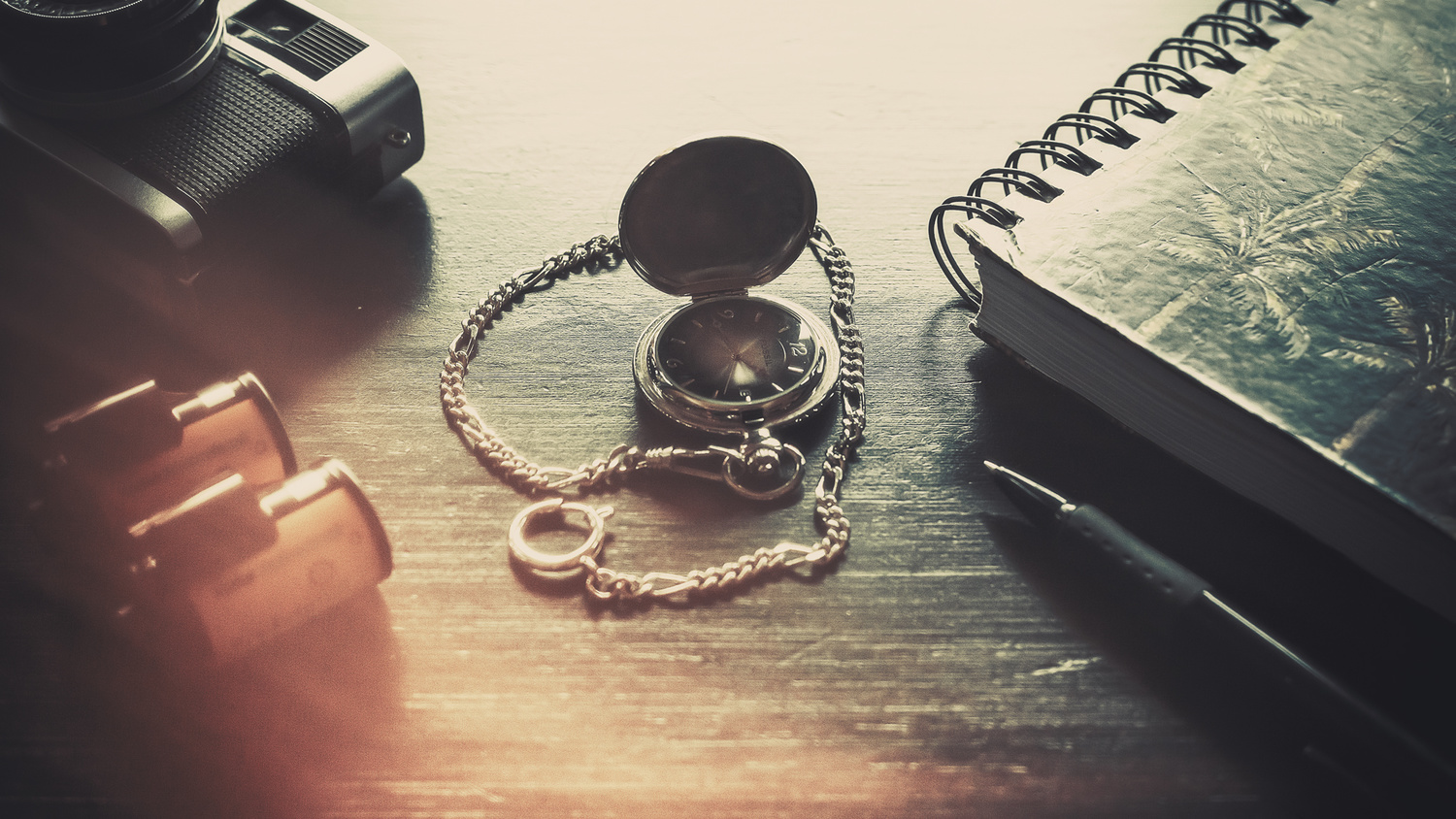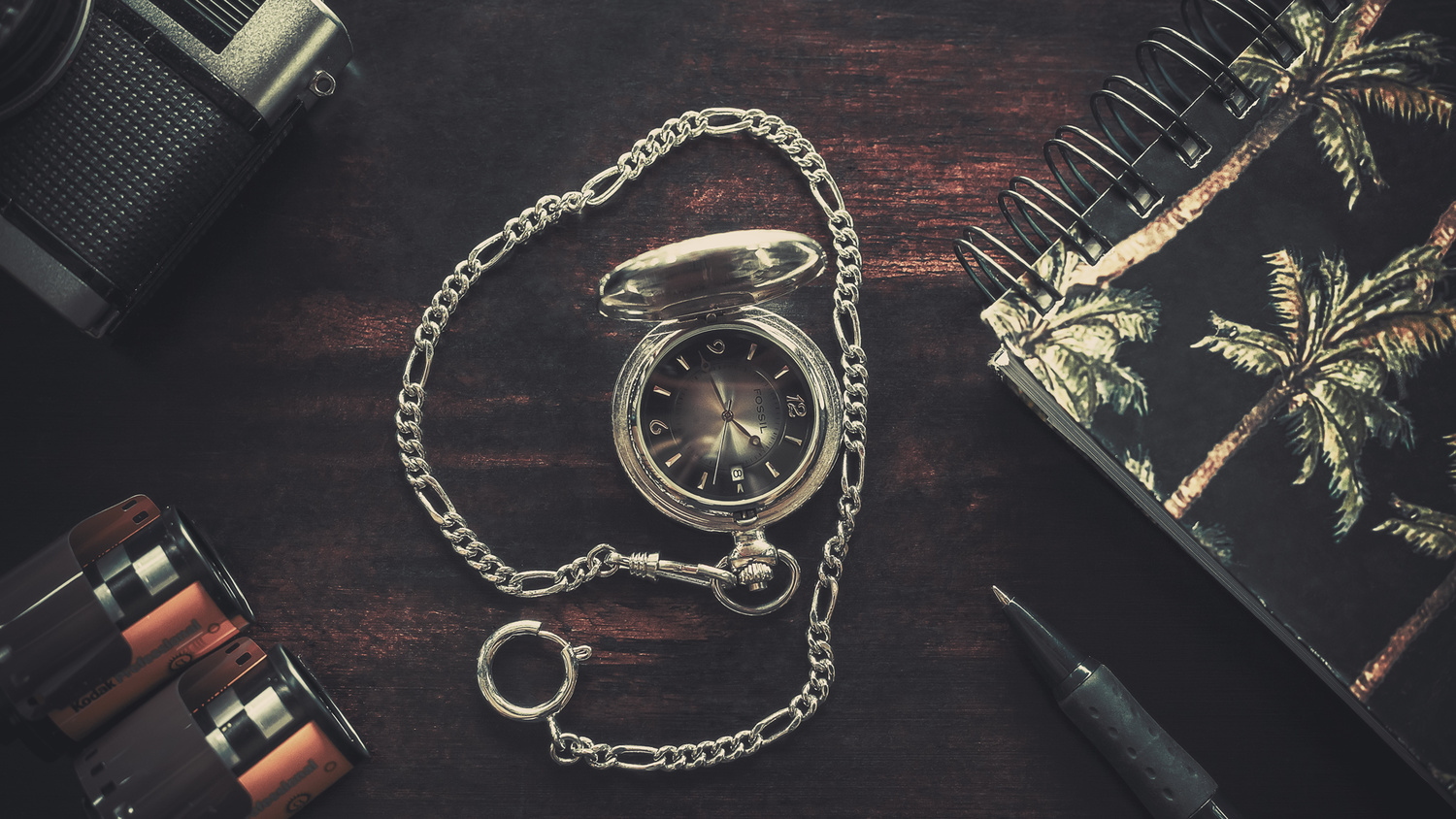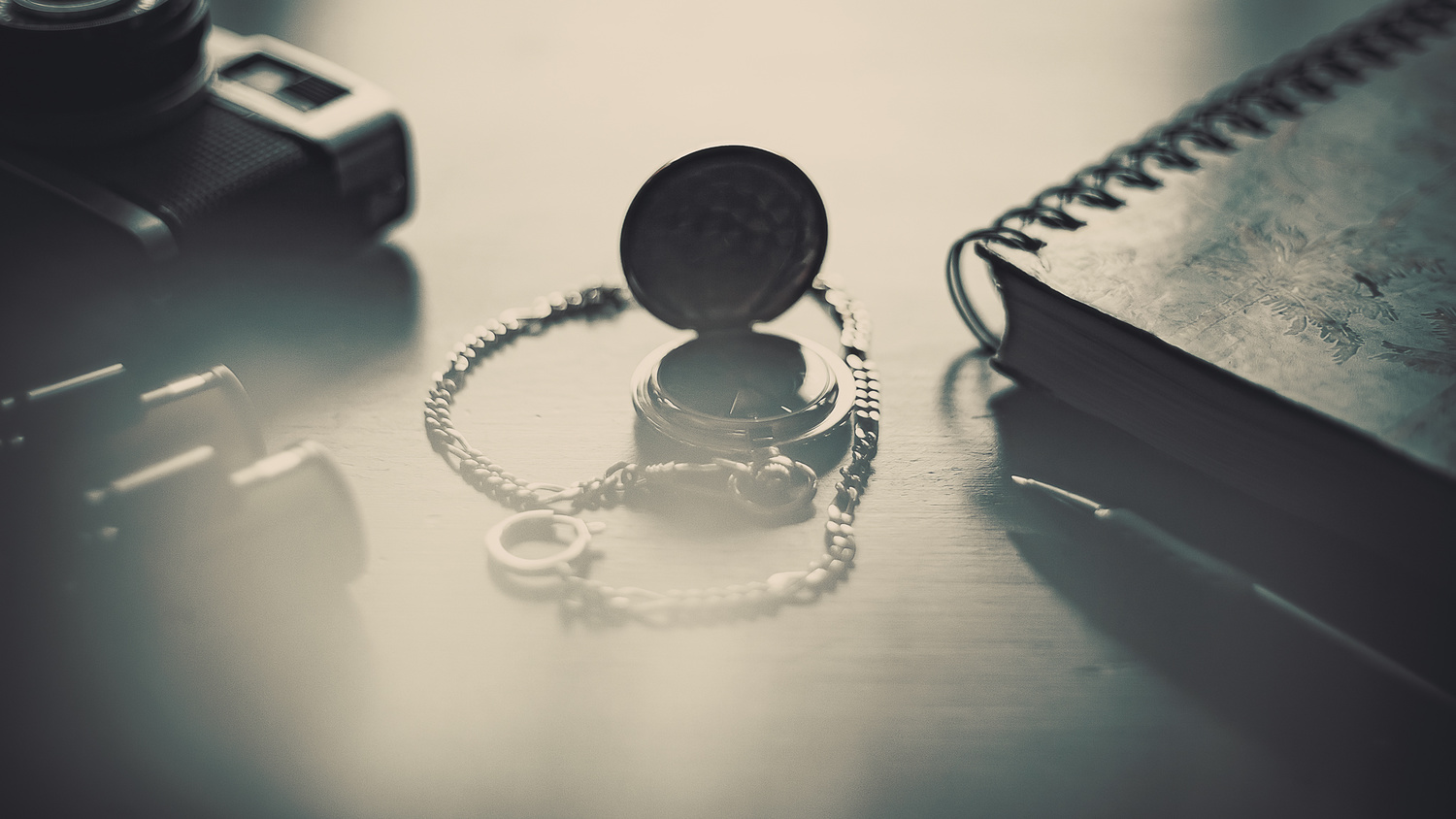By now, most of the countries around the world are under full lockdown or about to undergo lockdown. At the time of writing, my country (South Africa) would be one of the latest to undergo lockdown. Tensions seem to increase the day before the actual event, as people question what they'll be doing with themselves while locked in a house for three weeks or longer. Luckily, it doesn't need to be as scary as you think, especially if you're a photographer.
While a lot of us are dreading the prolonged time we are forced to spend indoors, see this as a good challenge over the next few weeks to work on the things you've always wanted to work on. Perhaps you need to organize your storage and delete those final_v1, 2 and 3 PSDs and only keep final_v4.PSD. Now's also a good time to clean your lenses and your sensors before embarking on your indoor adventure.

Planning Is Everything
Before you start getting things together for your shoot, open up a notebook or a blank piece of paper and start sketching out ideas. Even if you don't have any particular idea just yet, just start sketching something to flex your thought muscles. Pretty soon, you'll see ideas coming out. This can take a day, maybe longer, but it's important to start somewhere. Don't procrastinate by thinking you'll do it after you finish Season 3 of "Ozark;" you've got all the time to binge Netflix after you're done shooting. Once you've got your idea sketched out, you can start by looking around your own house for objects you can shoot, or if you had a person in mind, whether it be your roommate or partner, get them to come model for you. For the still life route, look around your house for objects you had in mind. It can be anything from toy cars to your cat. Whether you start small by going the Felix Hernandez route of constructing dioramas (my personal favorite) or dust off that vintage bottle of red wine (shoot it first before opening it up, of course), find whatever works for you. Whatever you do, shoot an object a day and see what improvements you can make for your image the next day. Analyze your images from the previous day and see where you can improve. Send your images to your peers and ask them for constructive criticism. Use this time to improve your photography so you're ready to get started once the clients start calling you up again.
Now that you're ready to start shooting, it's important to think about the following whenever you shoot.
- Angles
- Composition
- Lighting
- Context/Idea
- Think out of the box
To see it in practice, you can watch the video below before we discuss it in detail.
Find the Best Angles
Once you've picked the subject you want to photograph, take a few moments to think about how you're going to shoot this object, person, or animal before you start setting up your gear. What angle will be the most favorable for your subject? Don't be afraid to experiment with angles you normally never use, and if it doesn't work, move on to a different position. Sometimes just tilting the camera at a 45-degree angle (called a Dutch Tilt), can completely change the way a photograph is conveyed to the viewer. Bringing your camera down to the same level as the subject is also a great way to let your viewer connect with what it is you're shooting.
Plan Your Composition
Planning your composition before you start shooting will not only help speed up your workflow but also ensure you get the best results in the end. A well thought-out image is noticed straight away. Your lens choice plays an important role here, as it's a defining factor in your composition. Do you want to shoot wider, or do you prefer to go up close to your subject? Do you want a deeper depth of field (more in focus), or do you prefer shallow depth of field (less in focus)? If you're choosing to go the shallow depth of field route, then consider placing objects from around the house right in front of your lens to add to that delicious bokeh. It could be anything from a plant to a drinking glass or even a candle. Whatever it is, shooting through objects is often a great way to add context and depth to your image. For a great source of inspiration, check out some of Jordi Koalitic's images on Instagram.

Canon 5D Mark II. Canon 50mm f/1.8 II. Shutter Speed: 1/200. Aperture f/1.8. ISO 800.
Light Your Subject
Once you're satisfied with the composition, lens choice, and subject, it's time to start setting up your lights. Don't stress if you don't have access to lights right now, window lighting is available for free every day. All you need to do is move your subject close to a window. Start by rotating your subject 45 degrees from the light source and see how it affects the shadows and lighting quality. If you have studio lights, perhaps building a mini studio in your garage or a spare room is the ideal choice, as you'll need the space to set up your lights. A separate room away from family or housemates is ideal, as things can get claustrophobic very quickly during the lockdown period. Give people in the house the freedom to move by creating your own space in a separate room. If you're living by yourself, it goes without saying that you can use the entire house or apartment as your studio.
Remember, if for some reason you're not quite happy with the shoot today, try again tomorrow. Take a break, watch a few YouTube videos, and you might feel a bit more inspired tomorrow.

Canon 5D Mark II. Canon 50mm f/1.8 II. Shutter Speed: 1/80. Aperture f/5.6. ISO 800.
Context Is Everything
A photo can look well lit, well composed, and technically perfect, but if it lacks meaning, it's just a pretty photo at the end of the day. Do you want emotion and thought to be sparked in your viewers every time they look at it? Take a few moments to think about what it is you're shooting and why you're shooting it in the first place — what meaning you could add to your subject or the message you're trying to deliver in your image by simply adding a few extra elements to your composition. A single object by itself often doesn't work, so pick certain elements that are beneficial to your subject and that add context. This way, you'll leave viewers with a longer-lasting impression of your image.

Canon 5D Mark II. Canon 50mm f/1.8 II. Shutter Speed: 1/2000. Aperture f/1.8. ISO 320.
Think out of the Box
One way to come up with ideas for photos is to research what other photographers have been shooting. Use their ideas as inspiration for your photos, and see what unique ideas you can come up in this process. I'm not saying plagiarize, but instead, build off their ideas and create your own piece of art. Research ideas by browsing on sites such as Fstoppers, Behance, and Instagram. Sometimes, the oddest photo might spark an idea and thought process that causes you to create something totally different.
Conclusion
If, like me, you're locked down and unable to go out and shoot in public spaces, buy or rent any extra gear right now, then challenge yourself with what you have in the house right now. Remember, take a pause to think about what it is about your image that makes it special and different from other similar photos out there on the Internet. Sometimes, just starting with a sketch in a notebook is often a solution to award-winning images. You have all the time in the world right now with no deadlines looming and no scheduled shoots happening in the future. Most of the world is literally on pause right now, so why not take the time to improve your skills and shoot the things you've always wanted to shoot. Remember to stay safe, stay inside, and sanitize.
Post your lockdown photos below. If you're stuck with ideas, why not brainstorm them with your friends or in the comments section below?








I think his pictures are underwhelming.